Daily life in Ancient Rome was very different to what we are accustomed to today. Families were much larger, encompassing extended family and slaves, and everyday life was full of toil and labor. The Romans were fond of physical exercise, were very religious, and engaged in politics and civil service. Much of their daily activities revolved around their homes and the Roman gods.
In the mornings, citizens would exercise by going on a long walk or running. They also engaged in activities such as wrestling, swimming, and ball games. The games and other physical activities also served to build relationships between citizens, as did festivals, which were held in honor of the gods.
Rome was a segmented society with a rigid class structure. Women were relegated to the domestic sphere, and their duties included running the household and raising children. Men were responsible for their family’s livelihood and acted as the head of the household. Men were also expected to take part in civil service, or politics, and military service.
Ancient Roman religion was a major part of daily life, with gods and goddesses overseeing all aspects of life. Roman gods and goddesses were associated with a variety of activities, from business to marriage. Roman citizens also celebrated numerous festivals to honor their gods and goddesses, with the most important being the Saturnalia and the Ludi Romani.
Education was also a key part of ancient Roman life. For boys, education focused on the study of rhetoric, while girls were not necessarily educated formally. Girls were typically taught by their mothers how to manage their homes, cook and be good wives. Boys, however, were educated either in a formal school or by a tutor, and the curriculum was centered around the topics of grammar, mathematics, law, and philosophy.
Daily life for Romans also had its share of leisure activities. They engaged in various kinds of entertainment, such as the chariot races, gladiator combats, musical performances, theater, and storytelling. Games such as dice, in which gambling was common, were also popular. Food was also important to ancient Romans. There were a variety of foods available, but adoption of a more vegetarian diet was slow.
The life of ancient Romans was very different from what most of us experience today. Despite this, we can still see the evidence of their culture, architecture, and way of life in modern societies today.
Agriculture and Farming
Agriculture and farming were important aspects of Ancient Rome and occupied a large portion of Roman life. In a typical countryside, each family had its own plot of land to farm and tend, from which they grew their own food. Common crops grown by Ancient Romans included wheat and barley, as well as vegetables and fruits. The land would also be used to graze cattle, sheep, and other animals that were used for food. Farming also served a practical purpose, as certain farms supplied food to the military and sports arenas.
The Roman government took a keen interest in agriculture and enacted several policies in order to encourage farming. For instance, they granted tax exemptions to farmers, and they also encouraged the use of new technology and methods to improve crop yields. Farmers were also provided with subsidies in order to sell their goods at more favorable prices. This helped to secure a steady flow of food to the public, which was crucial for the stability of Ancient Rome.
Furthermore, the government also utilized professional agronomists and farmers to introduce new techniques, as well as to help craft agricultural laws and regulations. Agriculture played an important role in Ancient Rome, and it is something that continues to be vital to society today.
Law and Justice System
Law and justice were a cornerstone of Ancient Roman life, and the legal system was well-developed. Laws in Roman society were based on the civil law code, which was written by the famous Roman lawyer, Ulpian. This code laid out the laws and punishments for various offenses. This code was further refined and modified over time to meet the changing needs of the Roman people.
The justice system in Ancient Rome was divided into two distinct categories – criminal and civil law. The criminal law focused on offenses against the state, while civil law focused on conflicts between citizens. In order to try cases, juries were often used – which was a novel concept for Ancient Rome. Unlike modern-day juries, Ancient Roman juries were made up of volunteers from the upper class, who often had to serve without pay.
Punishments for criminal offenses could be severe, often involving public humiliation or even death. But the punishments were not always so harsh, and the Romans developed a system of fines, often in the form of gold or silver coins. This system allowed offenders to pay off their debts in order to avoid harsher punishments.
The law played an important role in Ancient Roman society, upholding order and justice throughout the empire. It was an ever-evolving system that was tailored to meet the needs of the people, and it continues to influence modern-day law.
Architecture and Engineering
Architecture and engineering were highly advanced in Ancient Rome, with many of their architectural feats still standing to this day. The engineering of Ancient Rome was some of the most advanced in the world for that time period. Examples of their skill include the construction of the aqueducts, which provided Rome with an ample supply of water to sustain the large population.
The Romans had a knack for constructing large and impressive buildings. Examples of their architectural prowess include the Colosseum, the Pantheon, and the Baths of Caracalla, which are all marvels of engineering and design.
In fact, many of the architectural features employed by the Romans are still used in modern-day architecture, such as their use of arches, vaults, and domes. The Romans also introduced new building materials that are still used today, such as concrete.
The Romans were highly skilled in the field of architecture, and their impressive feats of engineering continue to inspire architects and engineers today.
Trade and Economy
The Ancient Roman economy was based largely on trade and commerce, and trade was the lifeblood of the Roman Empire. Trade was an important source of revenue for the empire, as it helped to create jobs and generate wealth. This generated a large demand for goods, which made trade very lucrative for merchants and traders.
Trade played an important role in the expansion of the Roman Empire. By creating alliances with other city-states and trading with foreign civilizations, the Romans were able to gain access to new markets, resources, and technologies. This helped to strengthen the Roman economy and made the empire more powerful.
In addition, the Roman government created laws that were designed to help the economy by encouraging trade. For instance, tariffs were imposed on foreign goods, while certain cities received preferential trade agreements. This ensured that the Roman economy was in a strong position to sustain its expanding empire.
The Roman economy was largely based on trade and commerce, which helped to propel the Roman Empire to greatness. This legacy still influences global trade and economics today.
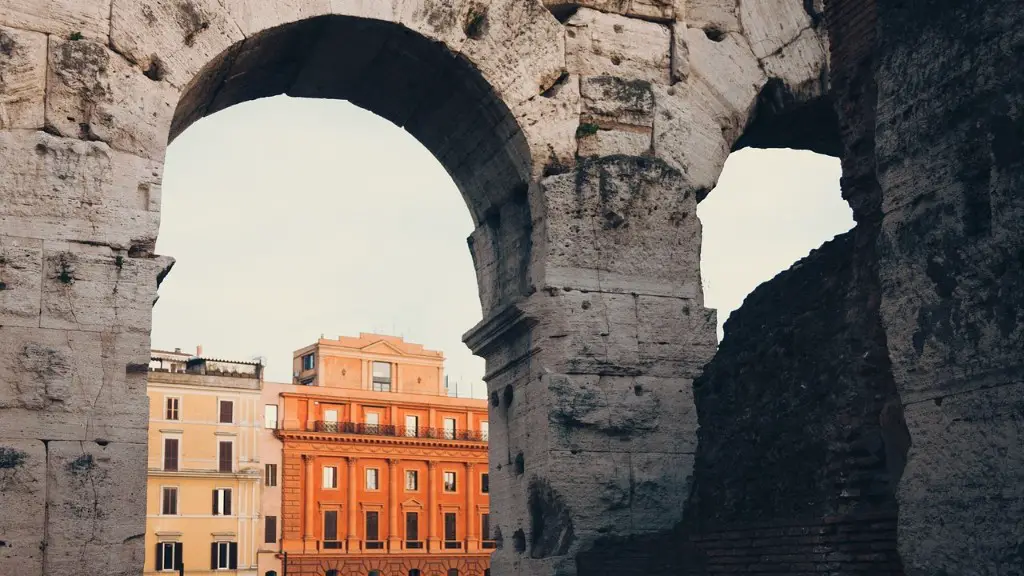
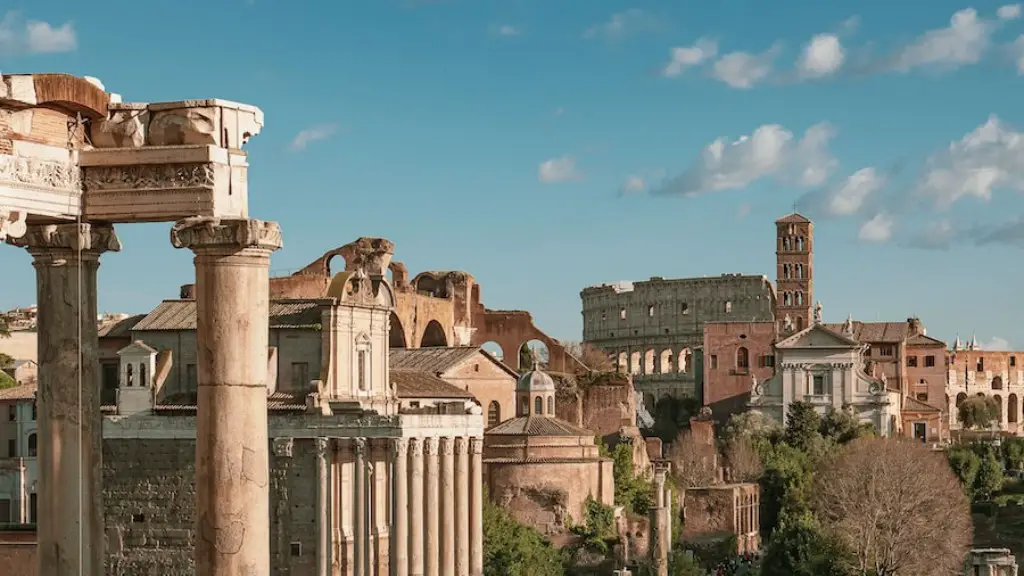
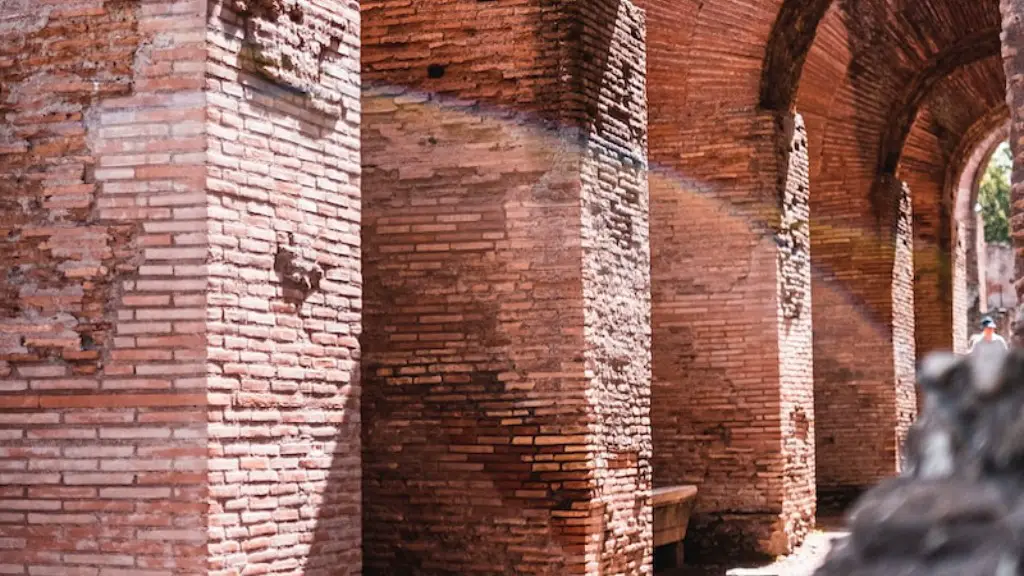
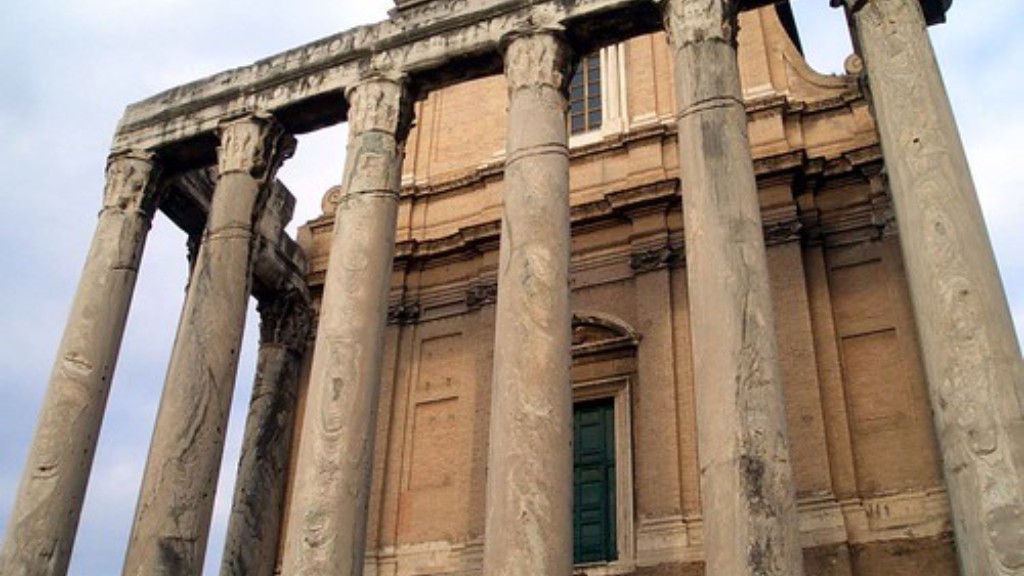
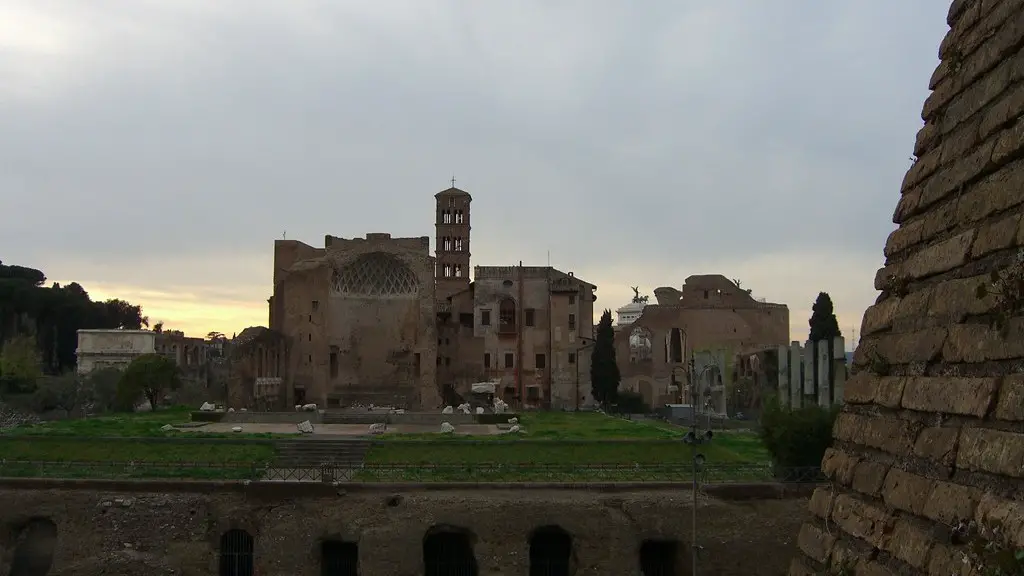
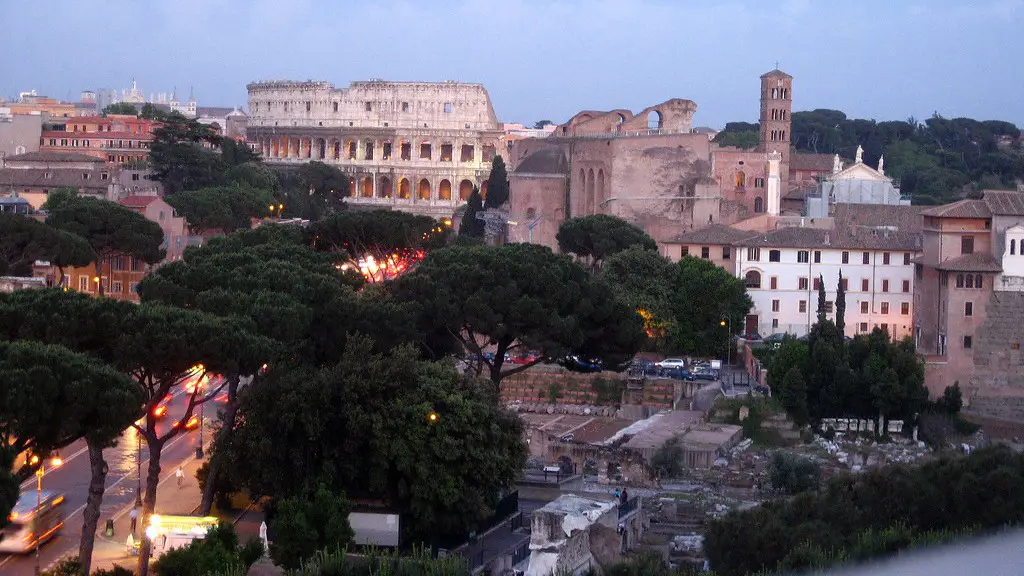
IT WOULD BE NICE TO SHARE THE RESEARCH FINDINGS OF RIDEOUT ON HIS WORK OF ANCIENT ROMAN LIFE!